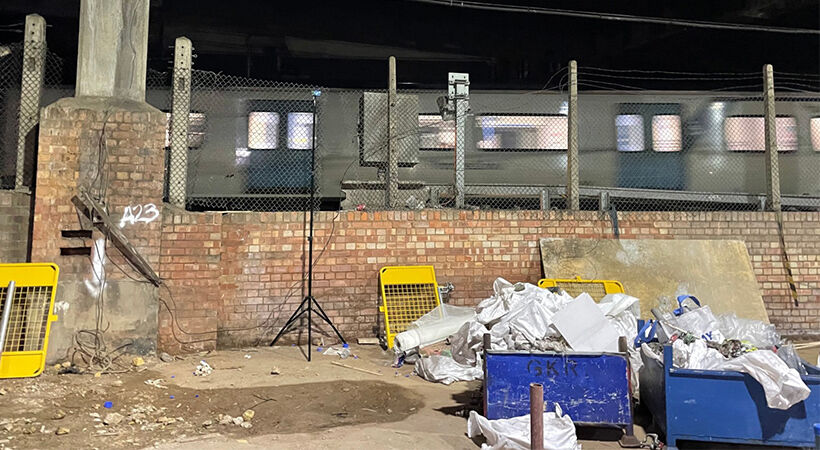Asela Rodrigo, founder and managing director of lighting control specialists Prolojik, explains that while London’s older buildings might in some instances be a much-loved part of the fabric of the city, they present a unique set of problems in order to keep them occupied and fit for purpose.
One of the reasons London is loved by tourists and locals alike is its rich heritage and culture, which includes buildings dating back decades and centuries. But older buildings, particularly if they are Listed, can have problems associated with the natural fabric of the structure, for example the thickness of the brick used or the use of robust materials such as cast iron and varying ceiling heights. Provision and composition of power supplies can also be problematic, as well as restrictions from external organisations such as English Heritage.
In 2013, the Government for its part published guidance in relation to the Town and Country Planning Act 1990, on what it termed, ‘New opportunities for sustainable development and growth through the reuse of existing buildings’ with specific reference to Class D spaces covering non-residential institutions and assembly and leisure uses.
The nature of these buildings raises challenges, including the building structure and the service routes. With respect to lighting and lighting control, these buildings pose specific problems for electrical distribution, cabling routes, variable ceiling heights, suitability of fittings to the architecture and most significantly for lighting controls. The viability of the building to support network cables and/or wireless solutions needs to be assessed in a sympathetic way that does not detract from the building.
Prolojik has completed a number of such buildings including the redevelopment of King’s Cross for Argent Estates, including the University of Arts, The Royal Albert Hall and Lloyds of London. With legacy heritage projects, the approach has been to implement the lighting control network in a ridged manner utilising pre-existing cable ways or new routes concealed in the building fabric to minimise the visual impact of the new installation on the existing finishes. Whilst effective, this approach often limits the flexibility of the space to accommodate ongoing design and usage changes. This is a key point as if we don’t extend the useful life of older buildings by adapting them for future ways of living and working, there’s a risk they will become obsolete.
Fortunately, the recent maturity of wireless solutions however expands the options available in upcoming projects. This allows lighting to be positioned for best effect without the encumbrance of unsightly network cabling. There are a number of solutions including Bluetooth, Lora and Thread, which are now gaining traction for such applications. Bluetooth Low Energy, which we believe is the most suitable solution, has multiple benefits. These include availability, acceptance and integrability of the solutions into connected systems such as IoT (Internet of Things) gateways for control and monitoring and mobile devices for end user interaction. The use of wireless technologies, particularly in public spaces, will allow the extension of the lighting control network in terms of a better user experience management with location specific content management, wayfinding and people and asset tracking.
Does the real change when it comes to existing building stock need to come in the form of legislation? The UK and in particular London has an extensive stock of architecturally significant and Listed buildings which can, through the right infrastructure including lighting control, be given a new lease of life. Many buildings are or will soon be made vacant so now’s the time to enable repurposing of these vitally important spaces.



